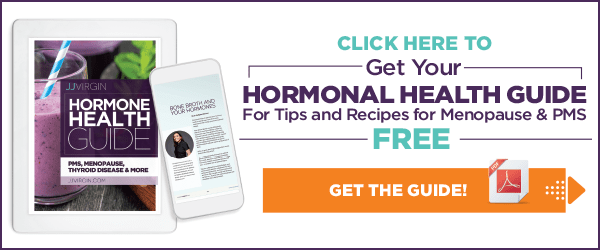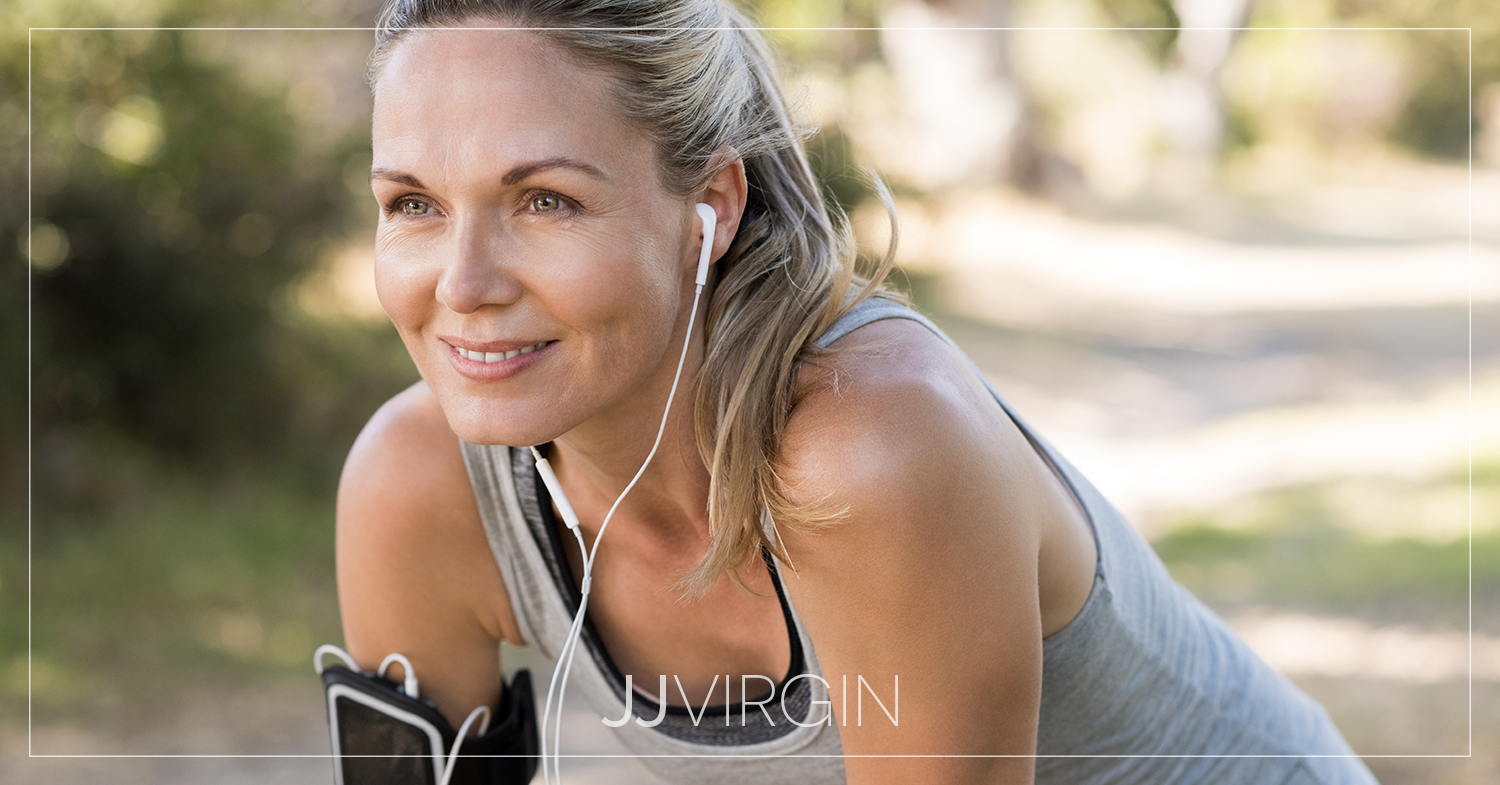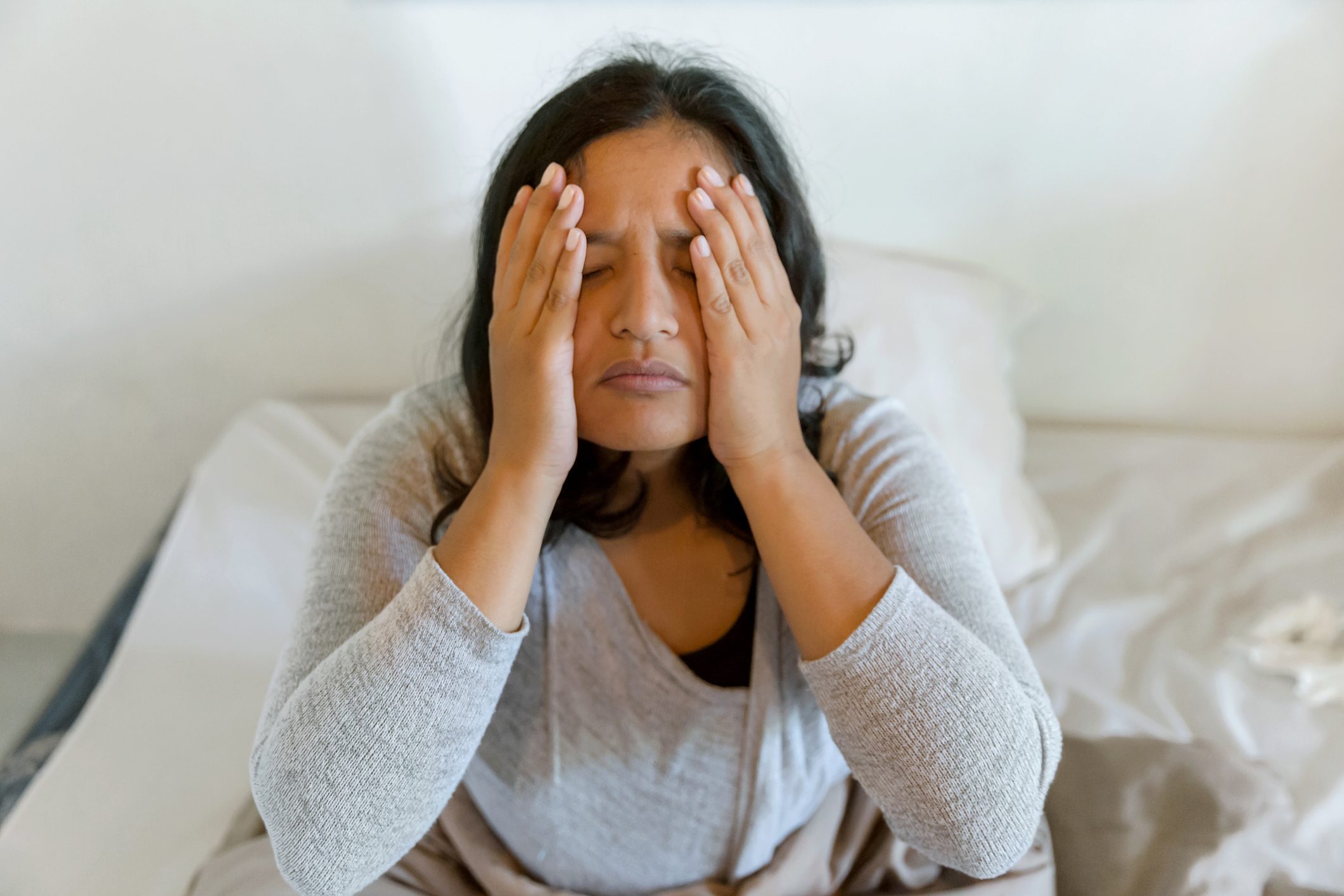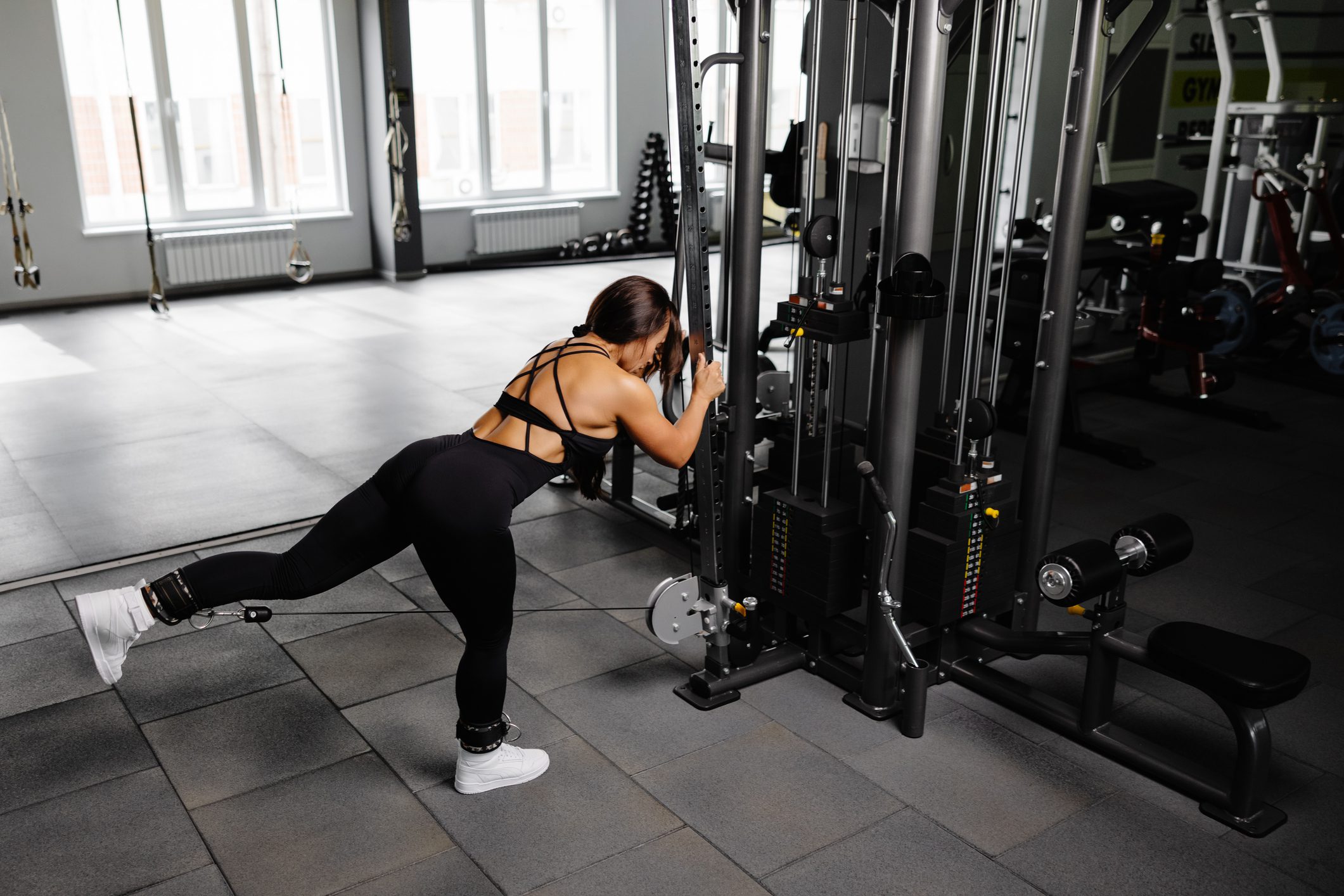Unless you’re an elite athlete or a science nerd, chances are you’ve never heard of growth factor! But these incredible natural anti-inflammatories are key to preventing aging and disease by stimulating cell growth – hence their name.
Growth Factor vs. Growing Old
I bet we all know someone who seemed to age drastically after they retired. One day, they were the picture of health: fit, active, and mentally sharp. Fast forward a year into retirement, and they’re wrinkled, putting on weight, and slower in every way.
It’s not your imagination – it’s growth factor! Show your body you need it by eating right and exercising, and you’ll keep producing the proteins and hormones you need to fight disease and the signs of aging.
But if you eat the Standard American Diet (SAD) and skip burst training in favor of NCIS reruns, your body will assume you’re ready to grow old. Your growth factor production will grind to a halt.
How Growth Factor Works
Growth factors are crucial to staying young and healthy, and everyone makes them: you, your pet Lab or Persian, even the tomatoes in your garden!
In humans, these vital proteins and hormones help repair everything from broken bones to sun-damaged skin.1
Your body produces growth factor every day to:
- nurture your immune system
- create new nerve, bone, and skin cells
- revitalize cells that are old or injured
And their incredible potential hasn’t gone unnoticed by the medical community! Growth factors are used by doctors to treat everything from blood cancers to wounds from major surgeries like knee replacement.
Stay Young Forever?
If there was ever a true fountain of youth, it’s growth factor. If you had unlimited growth factor, you’d face much lower chances of disease and inflammation.
That last part is key because all the normal signs of aging are really just symptoms of inflammation: crow’s feet and laugh lines, joint pain and stiffness, short-term memory loss, lower energy levels… They happen in part because, as we age, we produce less and less growth factor.
On the outside, that lack of growth factor means mean drier skin and more wrinkles. Your skin is also more likely to scar or produce excess melanin, resulting in age spots and uneven skin tone.
Inside, the rest of your body also feels the effects. Fewer growth factors means your body can’t restore your nerve, bone, and vascular cells as efficiently. That’s partially why your risks of Alzheimer’s, dementia, type 2 diabetes, and heart disease increase as you age.2
How Do You Get More Growth Factor?
So once you understand how key growth factors are to your health, there’s an obvious question: How do you get more?
I don’t know about you, but I’d like to look and feel young for as long as possible! And as with most aspects of your health, what you eat and how you exercise are critical…
Eat and supplement right. A low-sugar impact diet can help maintain healthy levels of skin growth factor and prevent acne.3 Eating omega-3s has also been proven to reduce inflammatory factors that counteract growth factor. (Not sure how to get more omega-3s in your diet? Check out this list of the Top 15 Foods for Omega-3s.)
Use smart skincare products. You can also use topical growth factor serums to supply your skin with more of the building blocks it needs to repair wrinkles, sun damage, and scars. I'm in love with these and use them every day! You can check out my personal formula HERE.
Keep exercising. Working out regularly is also important to maintaining healthy growth factor levels. In fact, research shows that vigorous exercise like burst training stimulates the production of brain growth factor.4
The result? Middle-aged test subjects who exercised produced 200% more new brain stem cells, and the survival rates of those new cells were 190% better than in test subjects who weren’t active!
The lesson is clear: if you want to feel young, you have to act young – and that means getting plenty of regular exercise. Fortunately, that doesn’t require hours on the treadmill or an expensive gym membership. With burst training, all you need is 10 minutes a day to maintain your brain health. (Get your free sample workout here.)
With the right diet and exercise choices, you can look and feel your best for years to come. And you have growth factors to thank for it!

Thanks so much for reading! Don't forget to like this post and like us on Facebook.

Article Sources:
1 https://www.ncbi.nlm.nih.gov/books/NBK26877/
2 https://www.ncbi.nlm.nih.gov/pmc/articles/PMC51872/
3 https://www.ncbi.nlm.nih.gov/pmc/articles/PMC2836431/
4 https://www.sciencedaily.com/releases/2008/11/081118071144.htm





